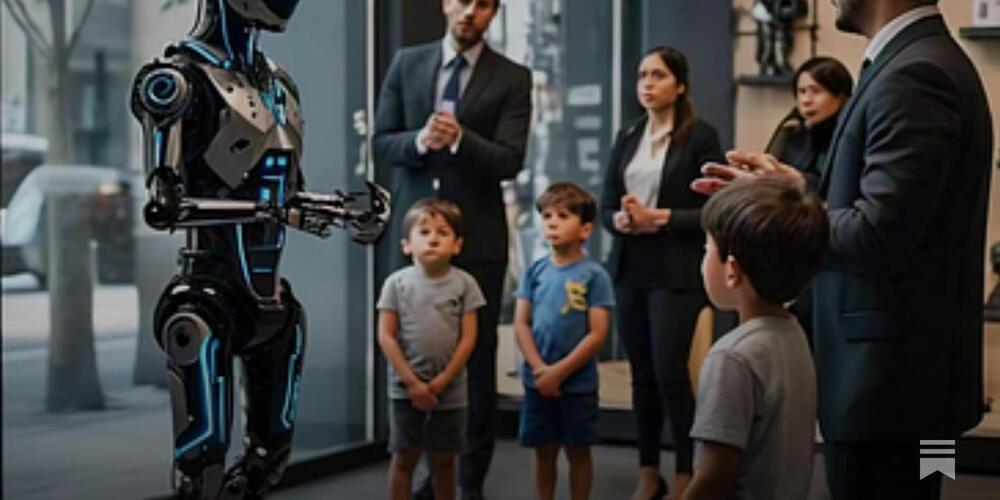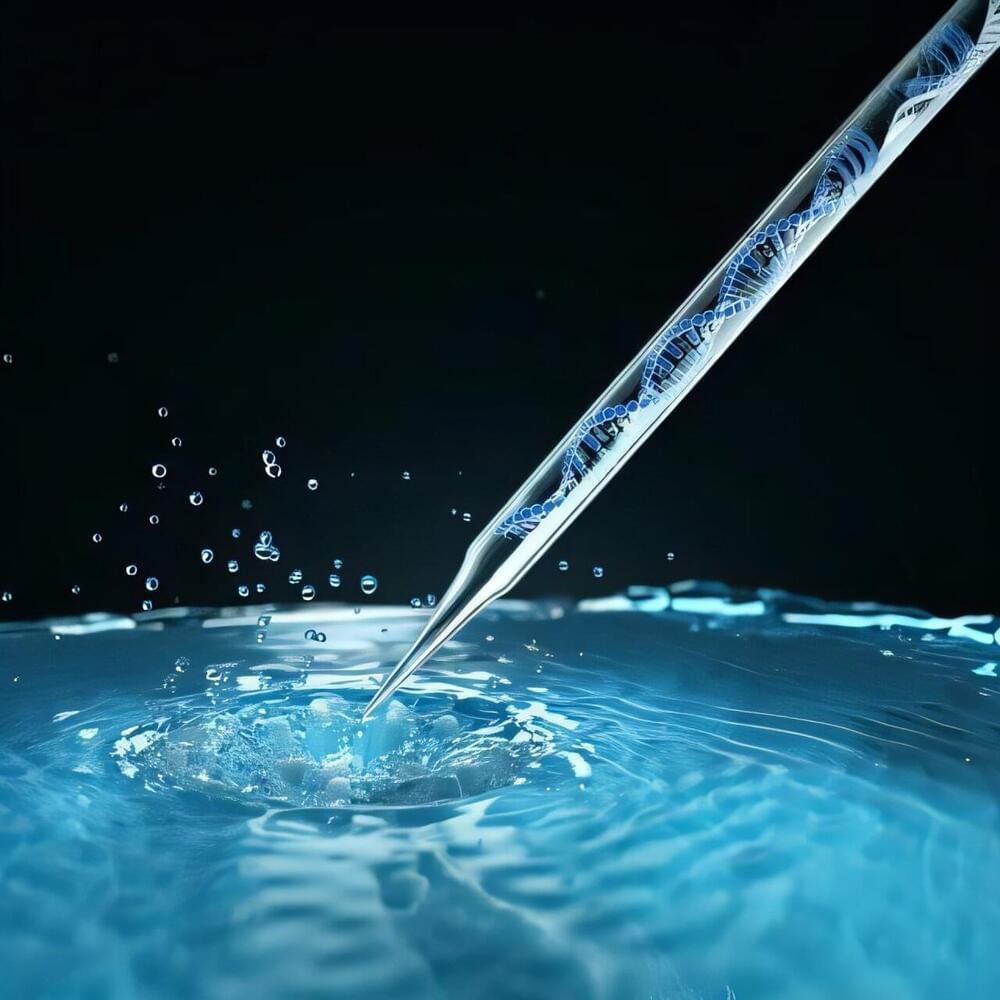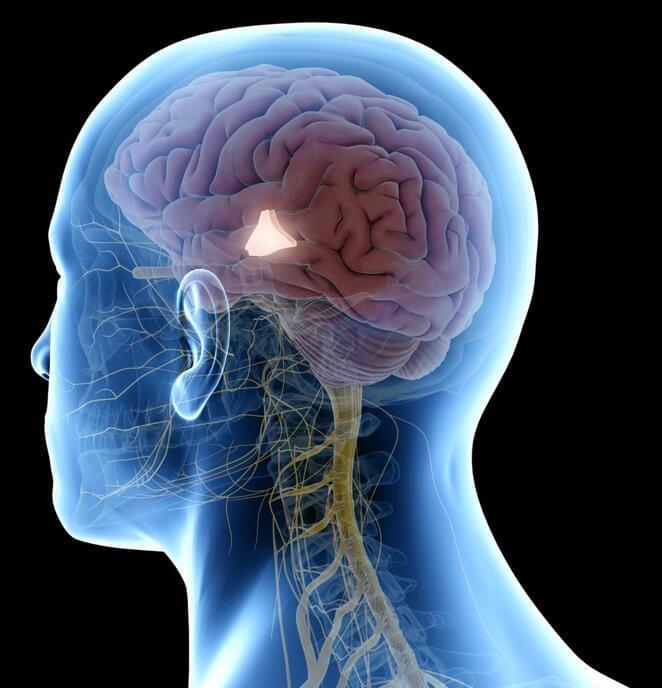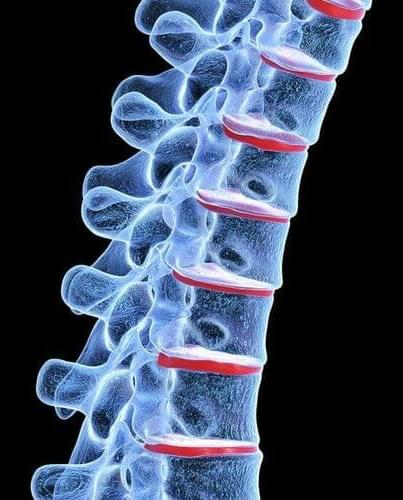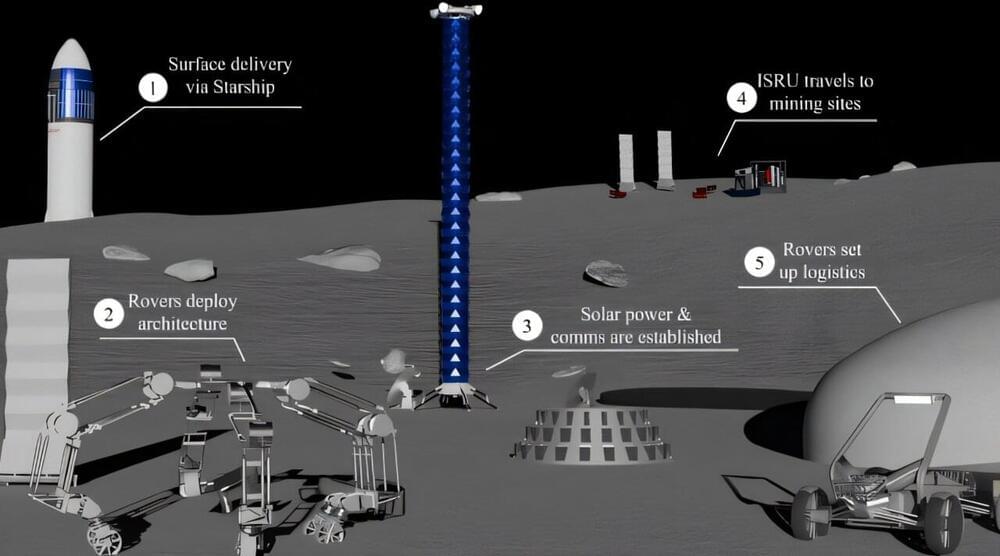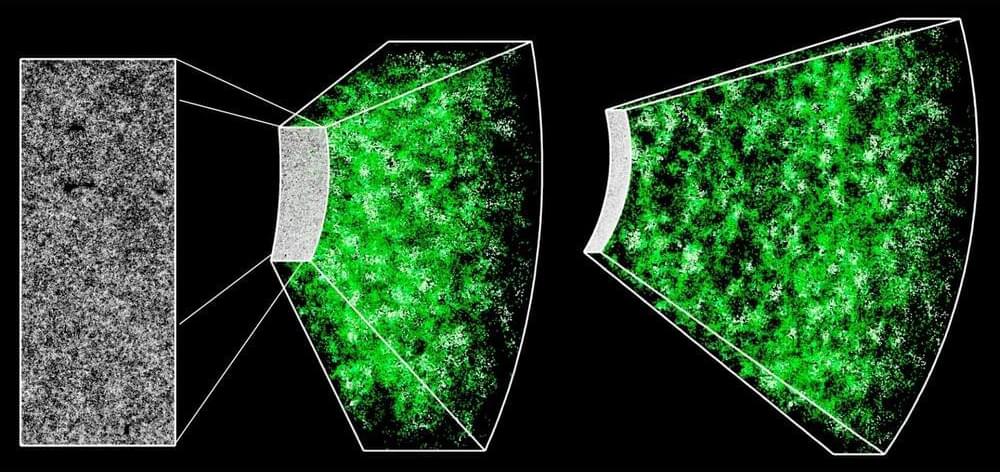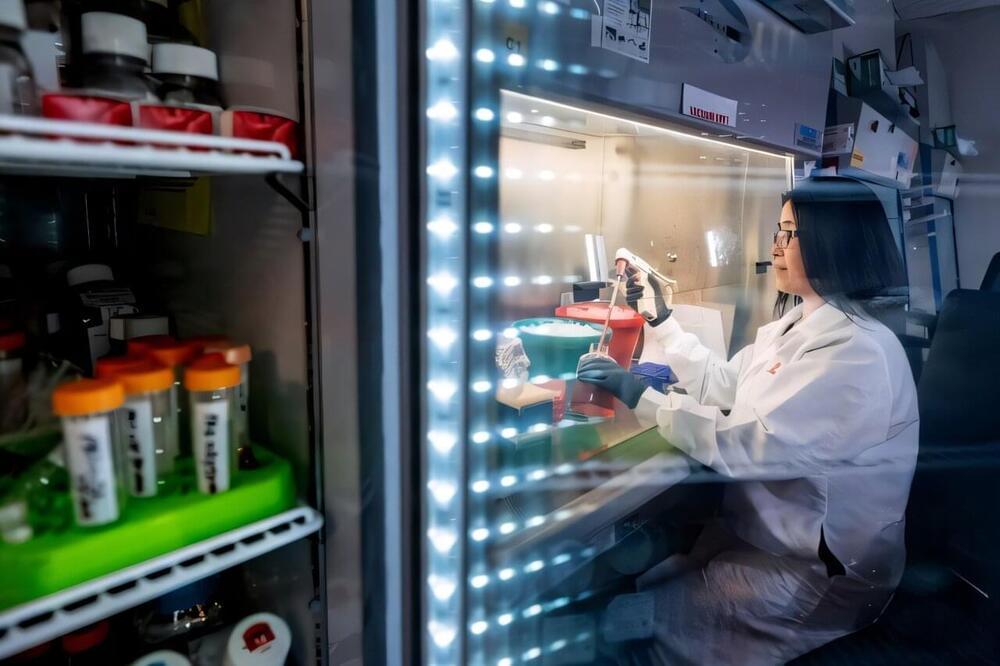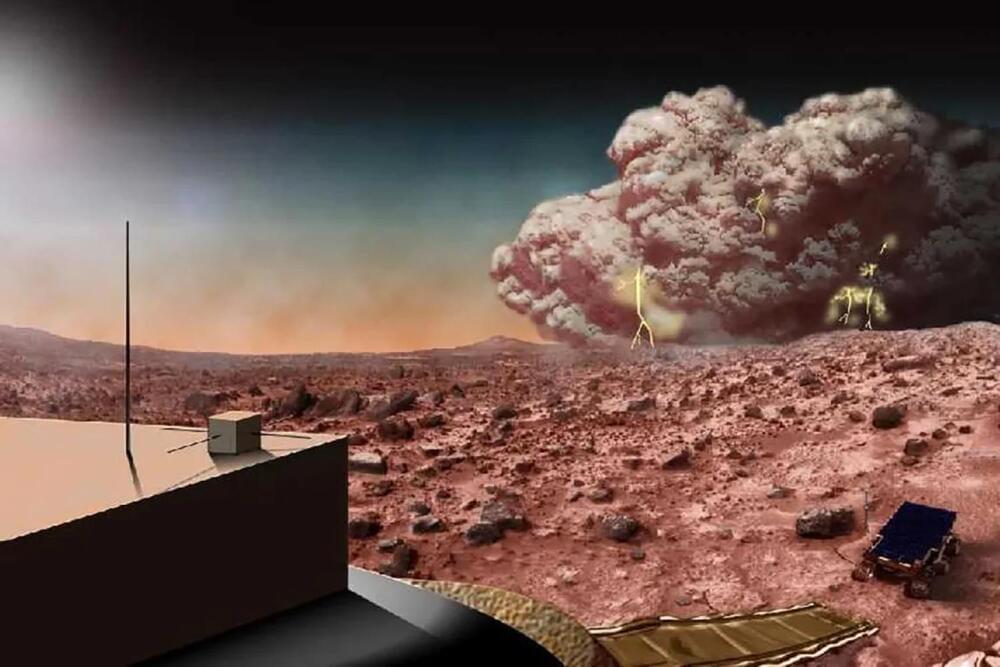In the following link you will find the six most outstanding articles/videos published during the month of December on the website “El Radar del Rejuvenecimiento”
[ https://mailsystem.es/campaign-content/50033](https://mailsystem.es/campaign-content/50033 news/videos are all from reputable scientific sources and almost always published in English, but each of them includes a summary in Spanish.
As the calendar flips to the second quarter of the century, conversations about the transformative potential of Artificial Intelligence (AI) are reaching a fever pitch.
